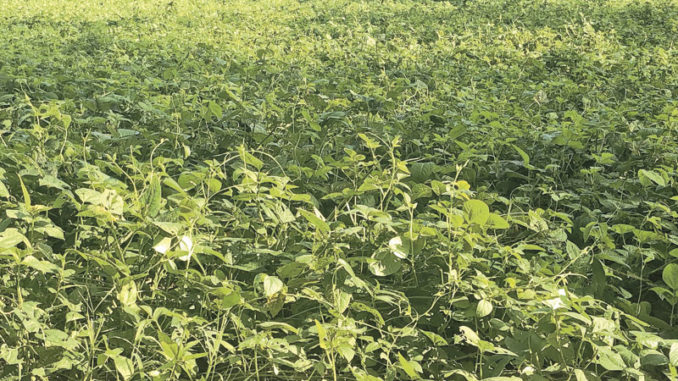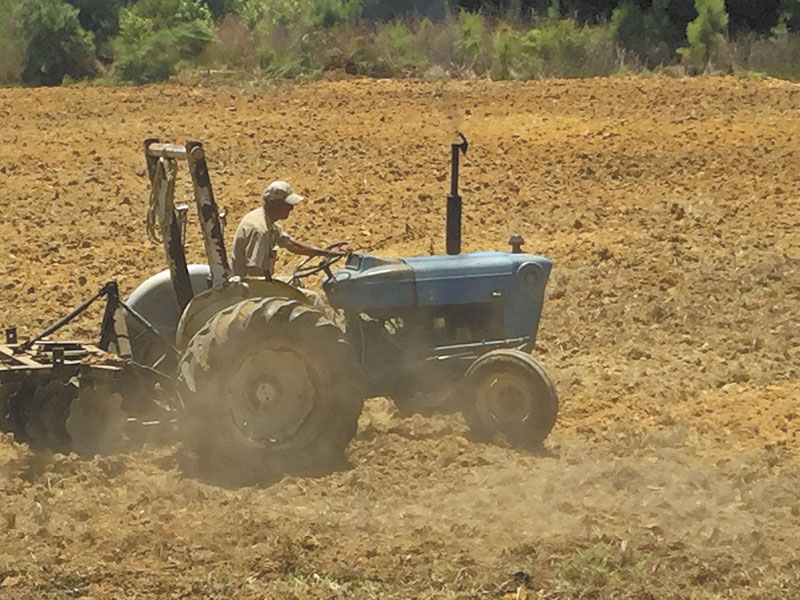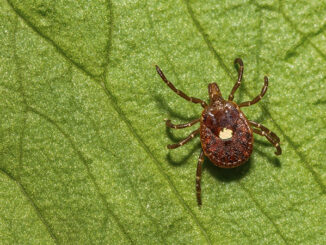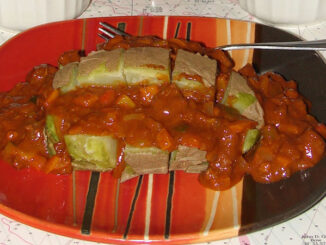
Cowpeas and buckwheat are great warm-season crops
Deer hunters and most land managers ramp up their land applications in the late summer and early fall in preparation for the annual deer season. But the warm season is the most critical time to make an impact to the deer herd.
While May is getting quite late in the year, it’s not too late to make a difference to the deer herd especially if hunters and land managers want to have the healthiest deer populations with the largest bucks and fattest does.
So what makes warm season food options so critical to deer herds? Bucks, does, and deer of all ages will benefit from high protein and high carbohydrate food options from late spring through early summer. Female deer are dropping their fawns in May and June. Adult does need highly nutritional foods to fuel their lactation to adequately feed their young.
By May, antler development is running in high gear. Bucks require highly nutritious dietary consumables daily. Antlers are among the fastest-growing animal tissues known to man. And it takes a lot of energy to grow antlers. Chemical reactions free up calcium from the deer’s skeleton to fuel antler growth. As much as 20 percent of the skeleton’s calcium will be used to create antlers on whitetail deer.
Antler growth
The growing antler is 70-80 percent protein and it’s sourced from a deer’s current diet. Protein availability is a major factor in deer’s diet this time of year.
All studies indicate that the availability of protein in a male deer’s diet is directly proportional to the size of antlers. Regardless of the genetics or age of a buck, a poor diet and low protein level during antler development will produce lower antler masses than if fed a high protein diet. Only the healthiest deer with access to high protein foods in the warm season can produce large anglers.
Again, for the listeners in the back row, only the healthiest deer can grow large antlers and a high protein diet during the spring and early summer will give bucks the opportunity to reach their full potential.
In captive deer, the magic number for growing the largest deer antlers is a protein content of 16 percent. But 20 percent protein diets are more suitable and beneficial for deer to grow large antlers.
High protein diets can also benefit fawn bucks by promoting pedicle development at a young age.
When selecting seeds to plant in May, the best options will require the least amount of preparatory work and provide a ready source of high protein availability.
While lots of different plot options are available for deer in the warm season, certain legumes are among the best and easiest to establish than others. And a mixture of certain seeds can be very beneficial for crop establishment as companion plants and will serve a mutual benefit for the deer and other wildlife.
 Mix it up
Mix it up
Deer will be consuming the foliage long before any seeds develop out of a warm season planting. And the foliage of most legumes is highly nutritious and provides 15-30 percent protein content that is well within the magic range for growing robust antlers.
Cowpeas are one of the best crops for a late spring planting and are easy to establish for the hobby farmer with limited equipment. Iron clay cowpeas are the most used and easiest to establish. Cowpeas are a deer’s delight and will provide high levels of protein at the right time.
Buckwheat is another good spring option that is easy to grow for the hobby farmer. It grows fast and provides a food source within weeks after planting.
Both buckwheat and cowpeas are good options to produce good results at a low cost. And these two options are also good companion plants that can be grown together by using the same planting techniques. Both buckwheat and cowpea varieties require similar pH ranges, nutrient requirements.
Both can be either drilled or broadcast to produce a solid late spring/early summer food source for deer.






Be the first to comment